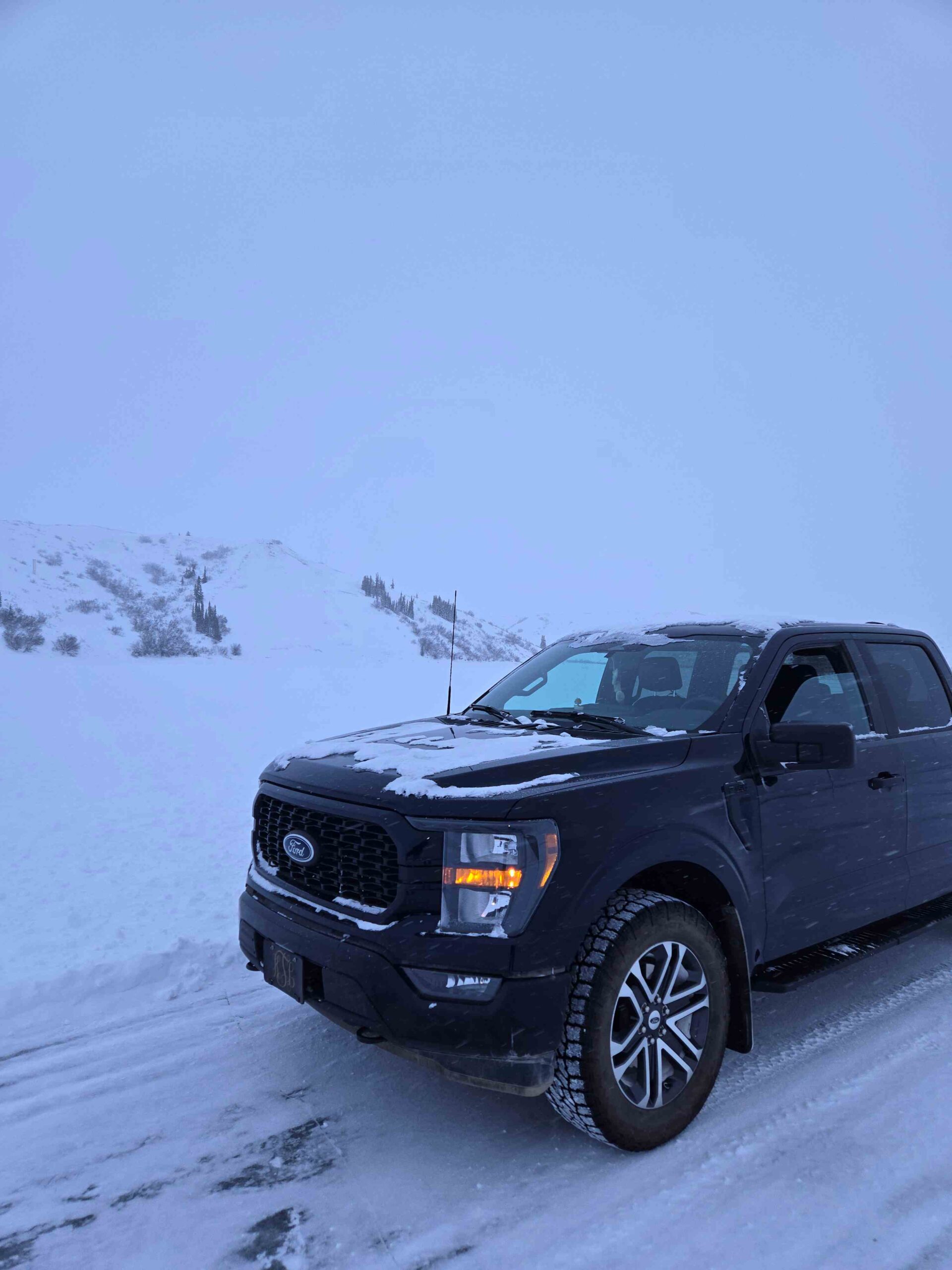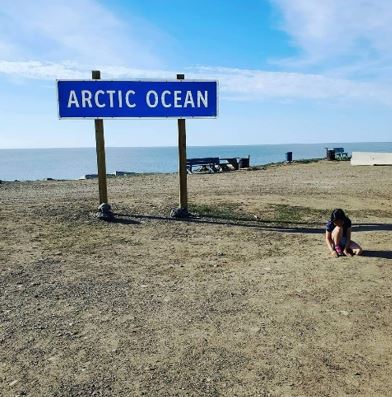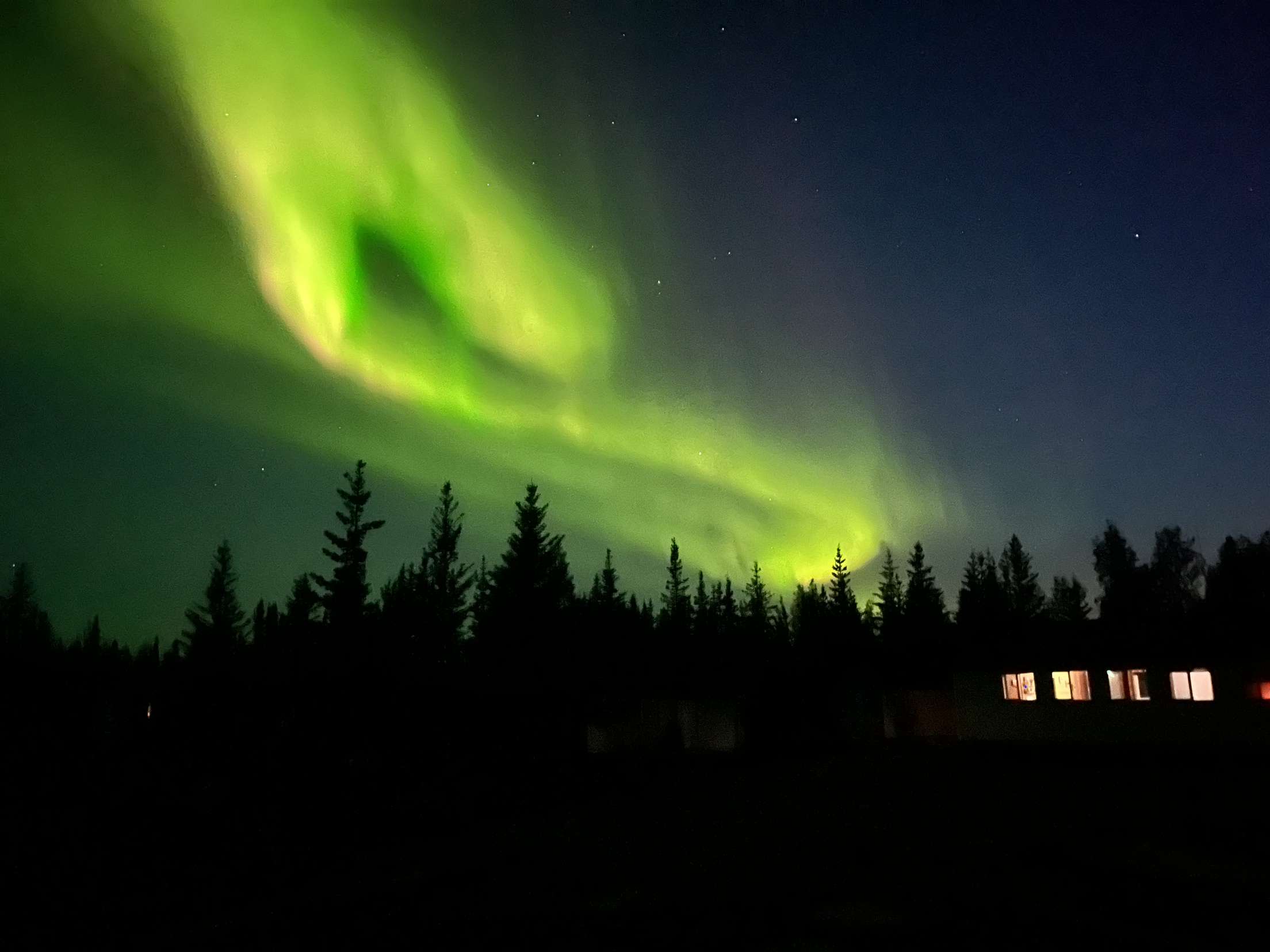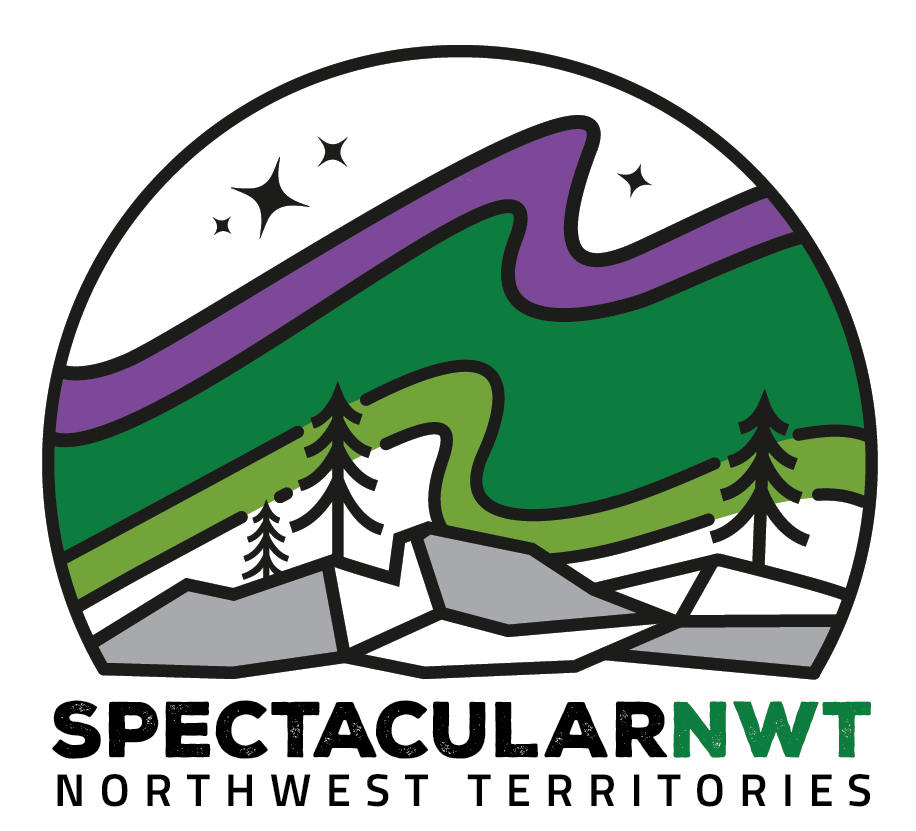It’s a regal beast that roams the expansive North – still king of its domain.
Once, its kin covered the prairies. Now, it endures only here.
And when you witness it – living, breathing, snorting, strolling, thriving, as in ancient times – you will be wilder too.
Here’s 9 reasons why wild bison are a wonder of the Northwest Territories:






































































